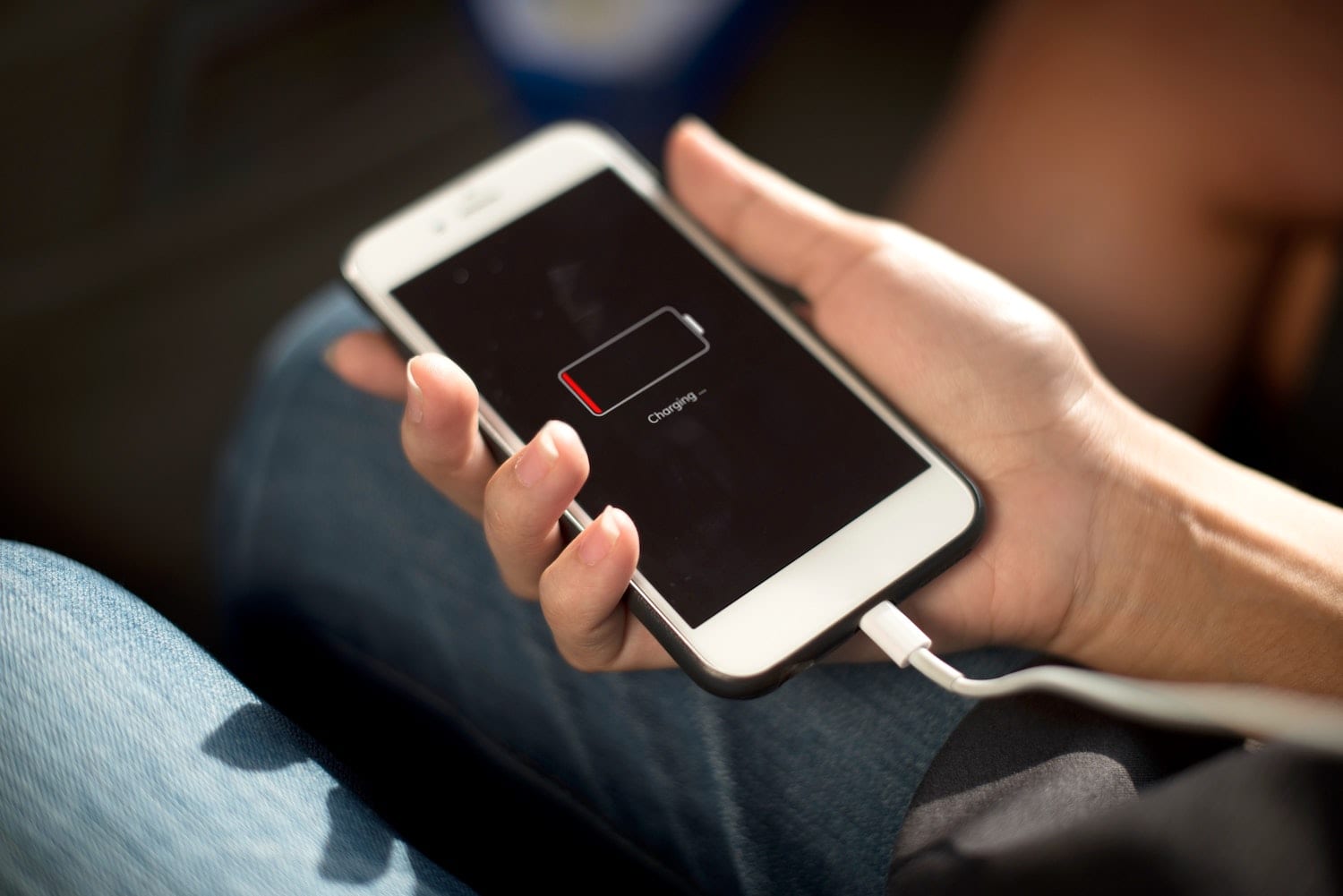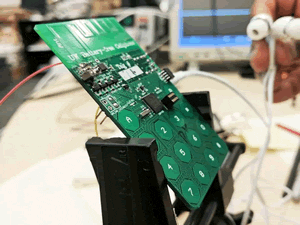Low-Powered, Battery-Free Cell Phones Could Change Connector Landscape
The possibility of battery-free cell phones poses an existential threat to connector makers — or a new challenge.
By Neil Shurtz
Ask anyone what the biggest flaw is with their smartphone, and they’ll probably say it’s the battery. Relative to their massively expanded computing power and functionality, cell phones have actually come a long way in terms of battery life. Still having to recharge the lithium cells regularly is clearly an area that is ripe for innovation. The solutions researchers come up with will have the potential to go far beyond the world of smartphones.

Lithium batteries are a cornerstone of contemporary electronics products, both in the consumer and commercial realms, and their role is expanding. At the same time, these batteries create design constraints and place tether users to external power sources for recharging. Current engineering work is demonstrating that evolution of battery technology itself is only one route innovation in remote power delivery could take. Engineers at the University of Washington (UW) are demonstrating that battery alternatives, including some entirely novel ones, are on the brink of real-world usability. While high-powered applications like electric vehicle motors will require continuing conventional battery innovation, low-power applications may have a new future with battery-free power sources. This could have a dramatic impact on connector companies. Instead of providing the connector products required for charging and battery placement, new opportunities for connectors could evolve in these self-contained package configurations.
Powering a Phone Without Batteries
Cell phones make sense as a starting place for no-battery device innovation. While they rely on advanced electronics components and protocols, including digital radio transceivers and microprocessors that will be part of whatever applications no-battery technology is used in, they can also be built at smaller scales of power consumption and performance. This makes developing and testing novel technologies easier.

Photo Credit: Mark Harris/ Wired
In 2017, UW researcher Vamsi Talla and his colleagues presented a new prototype constructed entirely of off-the-shelf components on a printed circuit board. This device harvests power from a combination of ambient RF energy transmitted by a nearby base station and ambient light. The initial prototype is only able to transmit voice calls, and is a half-duplex system lacking the ability to handle simultaneous speech by both parties on the line. In addition to the requirement to be within 50 feet of its RF-power transmitting base station for power, the phone relies on a nearby base station for signal transmission. While these capabilities are modest by current telecom standards, the ability to power a wireless telecom device without batteries represents a proof of concept the researchers hope will form the foundation for more advanced battery-free devices in the future.
The components used to develop this basic prototype include several connectors — on the harvester, an analog backscatter microphone, an AM receiver, and indicator LEDs — and more capable future iterations would undoubtedly use more. Additionally, although the researchers used COTS components in the prototype, future designs could create opportunities for a new generation of micro-connector products that can efficiently move power throughout the system. As the larger, USB-style connectors currently employed in such devices are phased out, refinements to the internal systems will occur.
The Key: Low Power Electronics
The advantages to ditching batteries for many electronic devices include eliminating the operational need to recharge. A significant size and weight advantage will come from the elimination of the battery and its attendant connectors, and the conventional charging systems hardware. Miniature wireless devices like sensors and a range of micro-sized connectors will take their place. The primary disadvantage of alternative power sources like ambient RF energy is their low power availability compared to batteries. As a result, no-battery devices in use up to this point have been almost entirely things like very simple and low-powered sensors. Even a basic cell phone is comparatively complex and must handle multiple simultaneous processes.
Conventional smartphone components like the Qualcomm 4G LTE modems used in iPhones collectively draw power on the scale of several watts per device, while the UW’s battery-free cellphone draws only a few microwatts — or somewhere in the ballpark of hundreds of thousands to a million times less power. This is the core innovation that makes the possibility of battery-free a reality, and is the technical focus of Jeeva Wireless, the firm where Talla now serves as chief technology officer. Jeeva’s current solutions for technologies including WiFi and Bluetooth consume 10,000 times less power than conventional approaches.
Innovation with Existing Components
The truly remarkable thing about the UW’s prototype is that it was constructed entirely with off-the -shelf components on a printed circuit board. For example, the design employs the microelectromechanical (MEMS) ADMP801 analog microphone, which draws only 15.3 microwatts. It’s not yet clear how much innovation in component, board, connector, and cable design would be necessary to bring similar technology to market, but by using only existing components the UW team has shown that novel low-power solutions can be built on existing technology.
For connector and sensor manufacturers and distributors, this should act as a reminder that the forces of innovation could disrupt even large, stable product categories. If cheap, low-powered electronics that require no battery, perform complex tasks like transmitting voice on a cellular network, and are built using off-the-shelf components are a possibility, then connector designers need to be part of that evolution to make the next generation of radically different devices function better with specialty connector products.
Interested in a specific market? Click a market below for current articles and news.
Automotive, Consumer, Industrial, Medical, Mil/Aero, Datacom/Telecom, and Transportation












